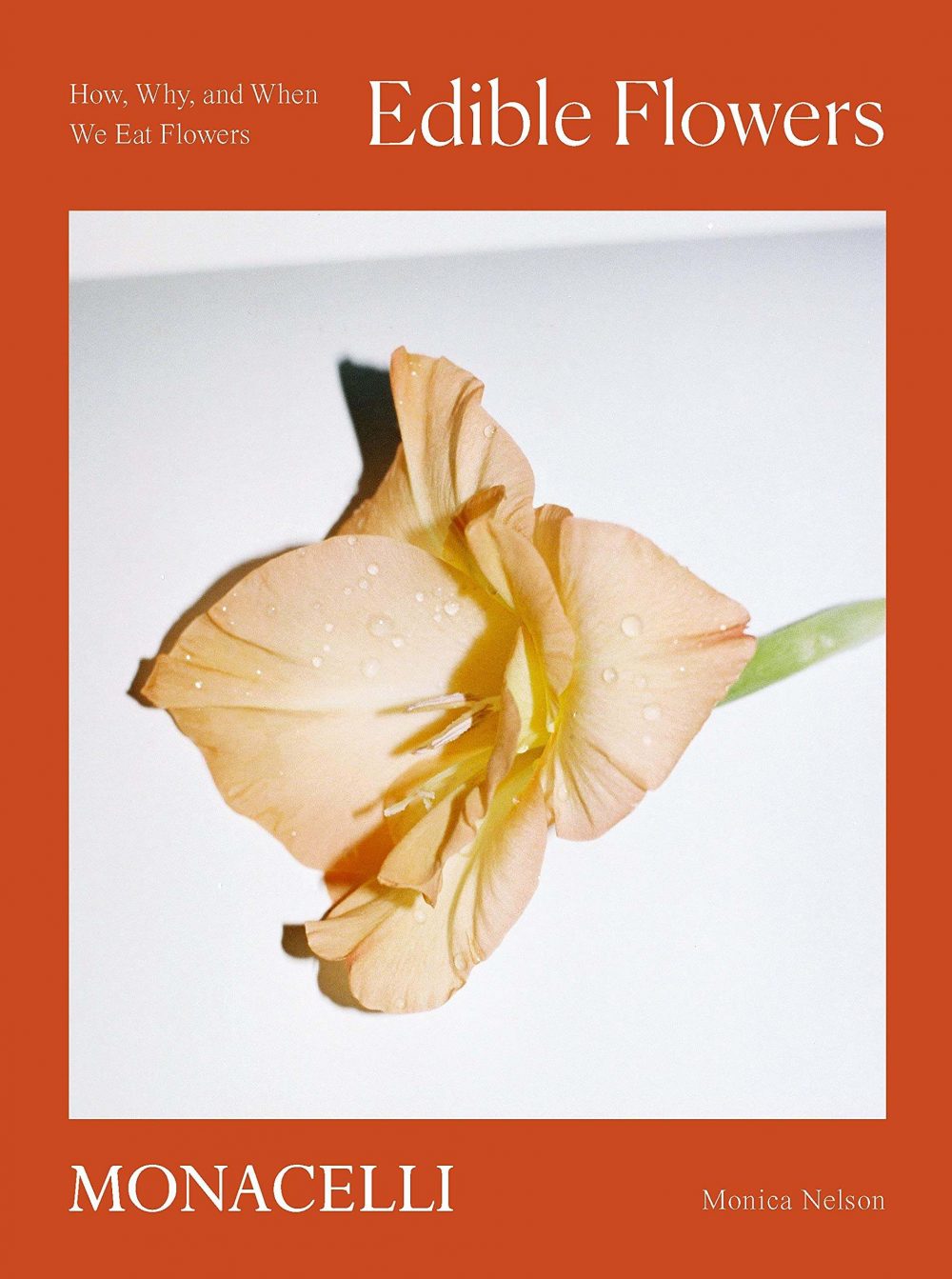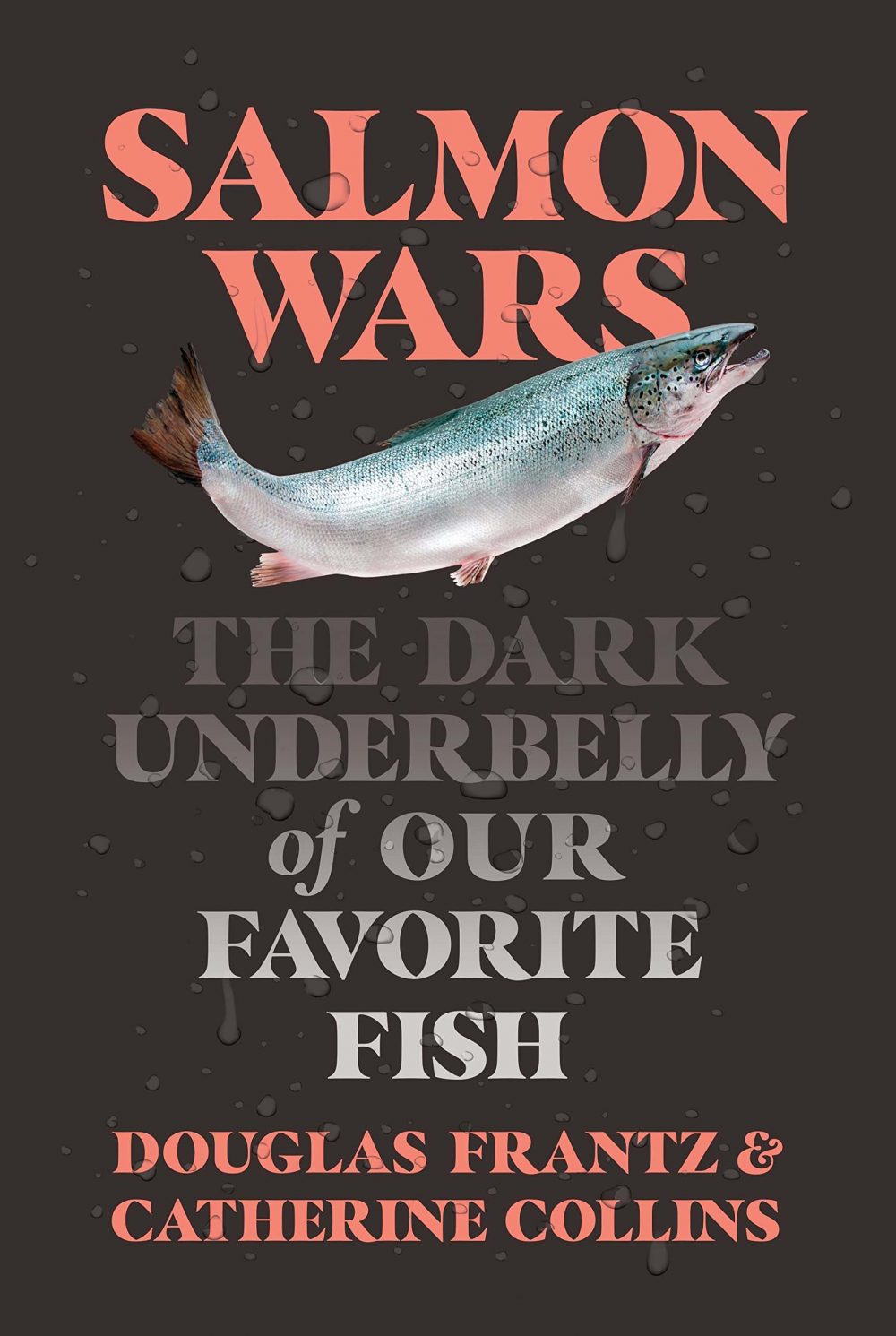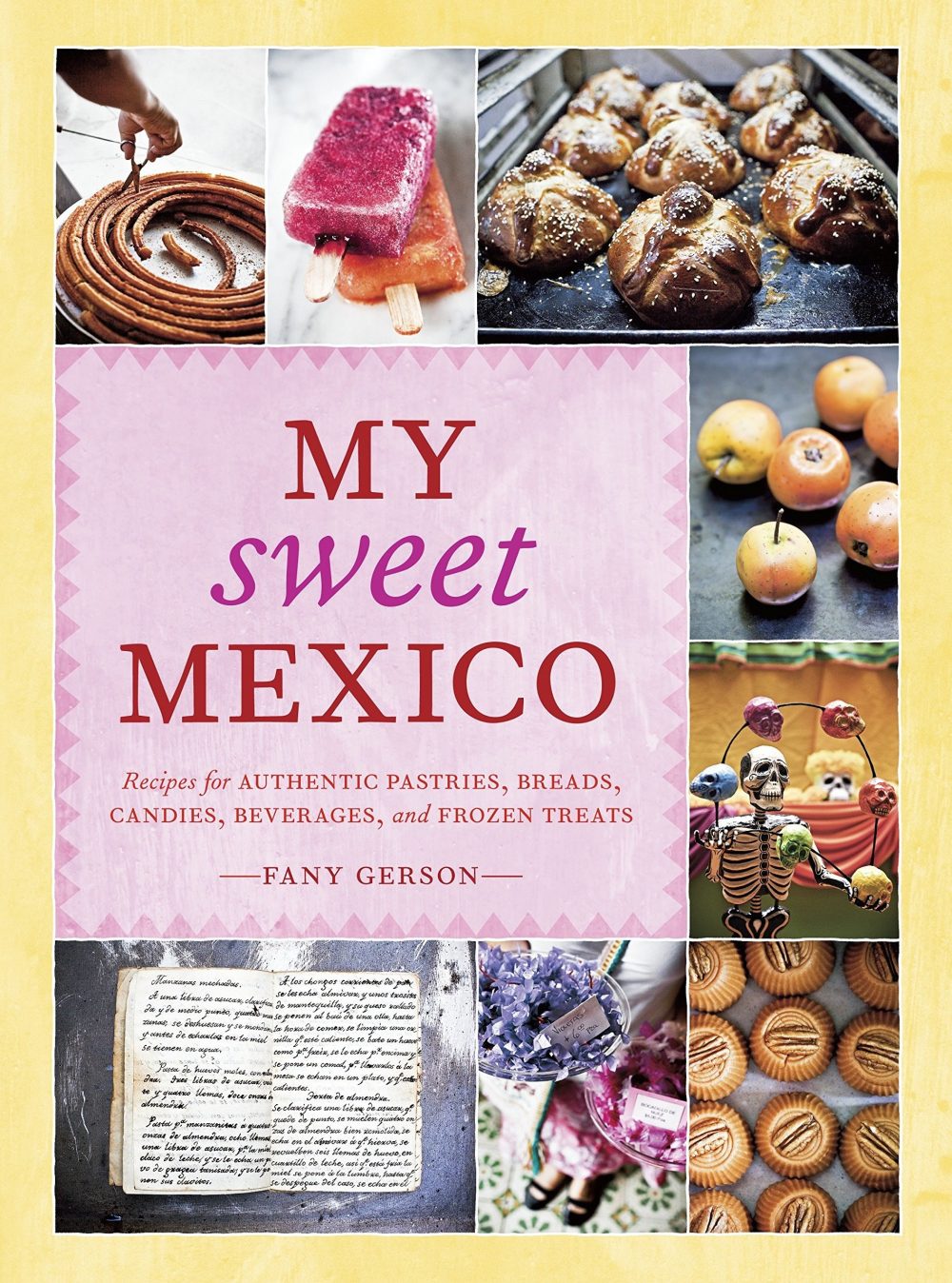Edible Flowers
By Monica Nelson
Arugula was considered an aphrodisiac by Virgil, the ancient Egyptians used basil for embalming, and in the tomb of Tutankhamen, the cornflowers were still blue after three millennia. If you find any of this compelling, I highly recommend Monica Nelson’s “Edible Flowers,” which is packed with weird, fun, interesting and occasionally useful information about 100 different flowers. Goldenrod was used as a tea substitute after the Boston Tea Party, and Julius Caesar’s soldiers flogged themselves with nettles to stay alert. On a culinary note, marigolds were churned with cream to add a richer color, mustard is planted in vineyards to help aerate the soil, and hops can be used to flavor dishes much like bay leaf. My favorite tidbit is the variety of names used for violets, including love-lies-bleeding and Jack-jump-up-and-kiss-me. Also compelling is the depth of medicinal and culinary knowledge regarding plants that has gone to seed, as it were. Our connection to the natural world was once a thing of great joy and value, now restricted to the works of dedicated researchers like Nelson.
Buy on Amazon
Salmon Wars
By By Douglas Frantz and Catherine Collins
Don’t buy farm-raised salmon—that is the clear takeaway from this disturbing and revealing study of the farmed salmon industry. Let’s start with the stats: 90 percent of the salmon consumed in North America is farmed Atlantic salmon; in 2019 in Newfoundland, more salmon died in cages than were harvested; and farmed salmon are generally raised in crowded cages that heavily pollute local ecosystems. Each pen may contain up to 100,000 fish, which often are attacked by lice. Some growers use toxic insecticides to kill lice, and many harvested salmon are so thickly covered with lice that workers have to remove them with vacuums before processing. Farmed salmon usually contain higher levels of PCBs than wild fish—one study found concentrations seven times higher; another reported levels 16 times higher. And farmed salmon is sometimes sold as “fresh Atlantic salmon” even though the fish may have never seen the Atlantic. For those who are trying to expose the flaws in the system, the blowback has included laboratories shut down and researchers harassed. The good news is that land-based salmon farming and “open-flow” systems (in which fish are raised in rock pools on the shoreline) potentially offer healthier environments. For now, the authors’ recommendation is to consume cheaper, smaller fish that are lower down on the food chain, such as anchovies and sardines. This is a story that, as of yet, does not have a happy ending.
Buy on Amazon
My Sweet Mexico
By Fany Gerson
My first experience with Mexican sweets was a stop at a small pastry shop in Orange County, south of Los Angeles. The doughnuts and other baked goods were remarkable both in taste and diversity—I was hooked. Years later I came across Fany Gerson’s 2010 book, “My Sweet Mexico,” and I was hooked again. From sweet tamales and three kings bread to burnt milk ice cream and coconut-stuffed limes, it turns out that Mexican sweets can be highly regional and therefore unknown to most of us north of the border or, for that matter, even those living in the next town. Yes, there are churros and tres leches cake, but how about Oaxacan lime sorbet, champurrado (a chocolate corn porridge) or gorditas de piloncillo (sweet fried masa cakes)? What comes through in this wonderful and surprising collection of recipes is their pre-Hispanic, Arab and Spanish lineage. The former offers pumpkin seed brittle and cacao beverages; Arab culture contributes marzipans and fruit sweets, while Spanish influence shows in the use of cinnamon, wheat, dairy, nuts and sugarcane. This book offers a kaleidoscope of desserts, along with a case study in the merging of cultures and ingredients.









